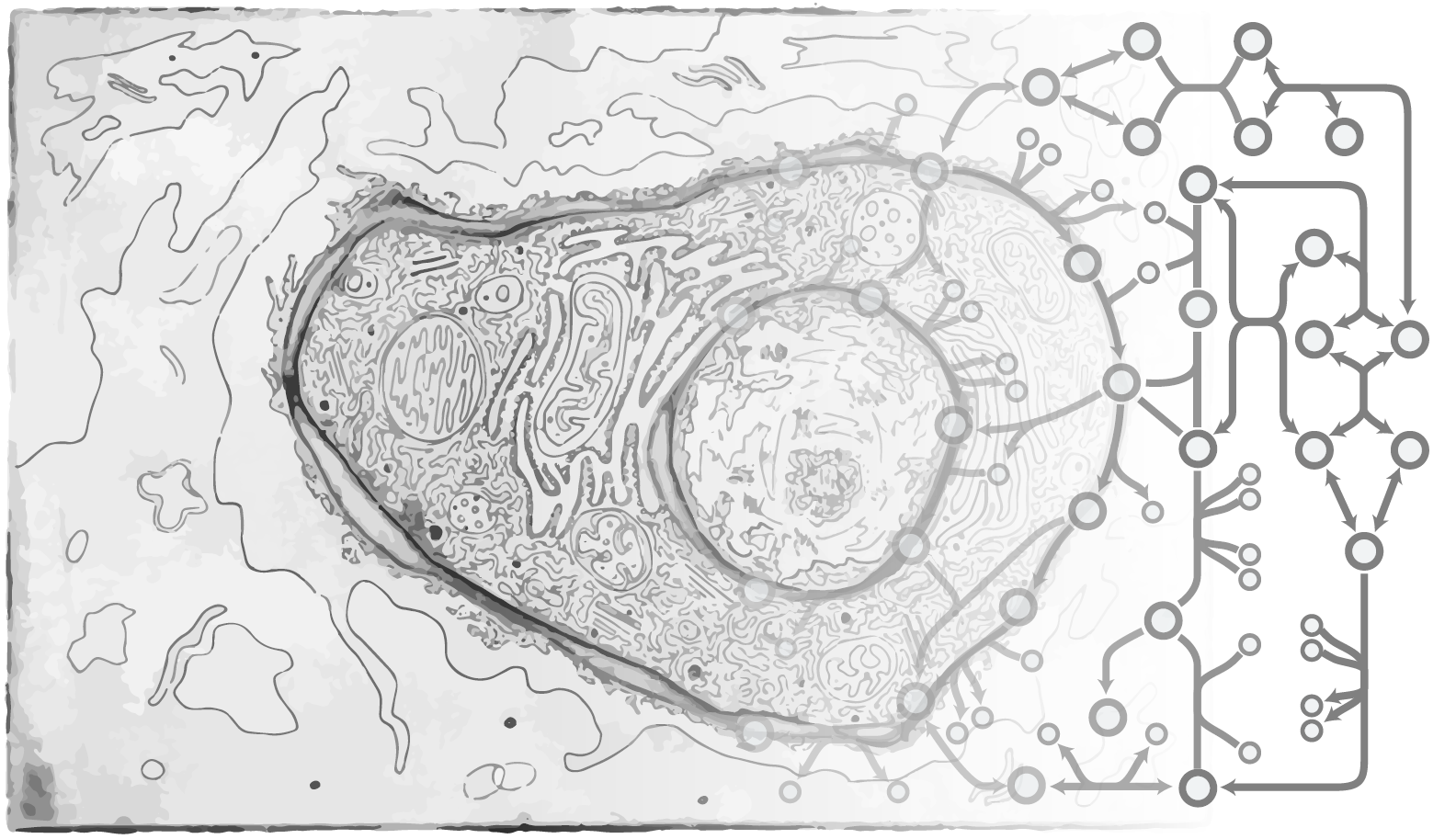[ezcol_3fifth]
Context-specific models of Caenorhabditis elegans
Genome-scale models (GSMs) of metabolic networks are providing a new context to analyze different data types. Therefore, development of novel approaches that integrate a diverse set of “-omics” data (for e.g. transcriptomic, metabolomic, proteomic, etc.) with the GSMs to better predict organismal phenotypes under different contexts. These models, integration of contextual data with the GSMs, are often called context-specific models (CSMs). Tissue-specific models of eukaryotic organisms are an example of CSMs; here, the tissue is the context. To this end, I am developing tissue-specific models of Caenorhabditis elegans (roundworm), a transparent nematod, to study: (i) fat accumulation and metabolism, (ii) host-microbe interactions, and (iii) metabolic interactions amongst tissues. The project involves analyses of large experimental data sets, developing algorithms to understand “expression-to-activity” processing of metabolic reactions, and generation of metabolic models of various C. elegans tissues.
Comparative analysis of different contexts
The fundamental structure of central carbon metabolism in the metabolic network remains same in different contexts of the cell: glycolysis/gluconeogenesis, citric acid cycle, pentose phosphate pathway, amino acid synthesis and metabolism, nucleotide metabolism, etc. However, the organism differs by small sets of reactions amongst them. These sets change the behavior of these organisms drastically such as to how well they grow, maintain, and divide in the same environmental condition. It even changes the proteomic, transcriptomic, and genomic profiles under different contexts. Known the similarities and differences between the contexts, what other interesting properties exist.
[/ezcol_3fifth] [ezcol_2fifth_end] [/ezcol_2fifth_end]
[/ezcol_2fifth_end]
contact: cjjoshi at ucsd dot edu
